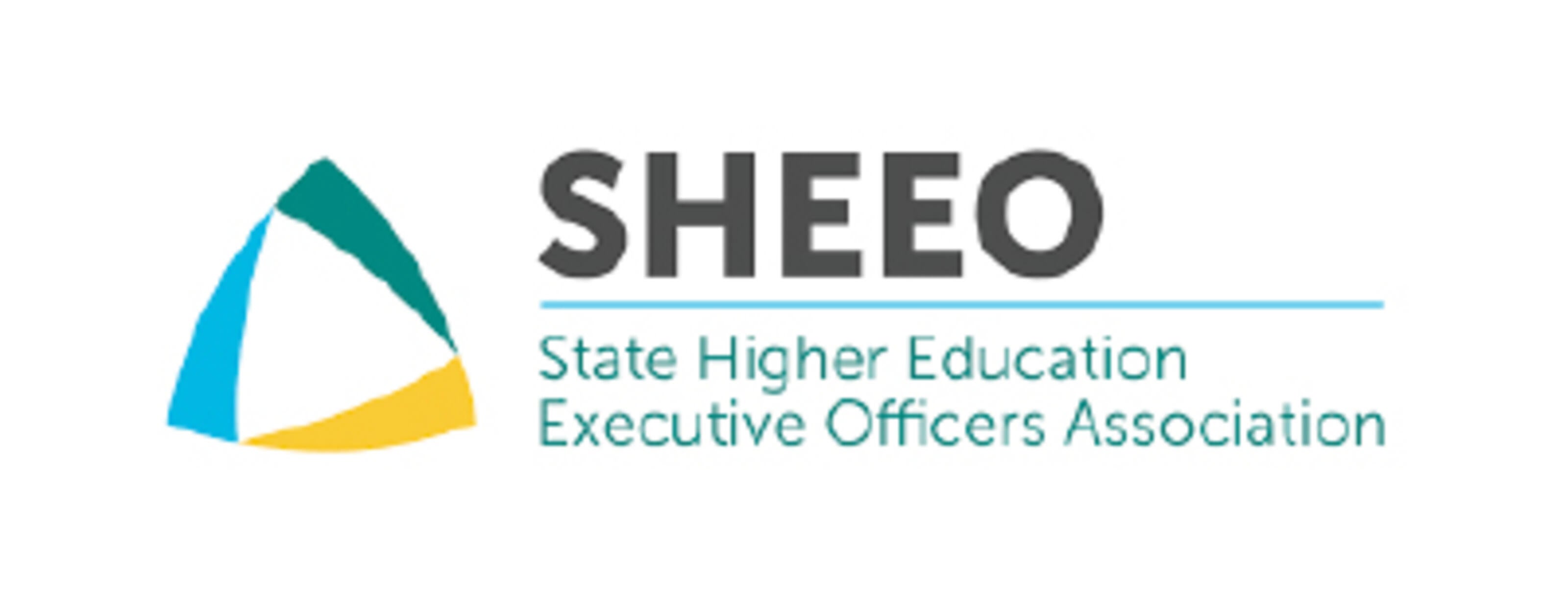Overview
The Multistate Data Collaborative (MSDC) was created by and for states that wanted a better way to use data to address shared challenges. Leaders in policy, programs, and data began meeting to explore how working across state lines could strengthen decision-making and improve public services.
From these efforts, three regional collaboratives formed: the Midwest Collaborative (MWC), the Southern Regional Data Collaborative (SRDC), and the Eastern States Longitudinal Data Collaborative (ESLDC). The three groups later joined together as one national network, the MSDC, which now includes member states from across the country.
Through the MSDC, states choose the projects they want to tackle—whether regionally or around specific topics—and engage through collaborative avenues such as working groups. By working together, agencies share expertise, align resources, and turn data into actionable solutions that improve programs, services, and outcomes for communities.
Our Partners
The success of the MSDC is made possible through strong collaboration with national leaders in data, education, and human services. Our partners bring critical expertise, infrastructure, and support that drive our shared mission forward.
The American Public Human Services Association (APHSA) is a bipartisan, nonprofit membership organization that supports government human services agencies at the state, county, and city levels across the United States.
The Coleridge Initiative is a nonprofit organization dedicated to helping government agencies—primarily at the state level—use data more effectively for public policy, social services, education, and workforce outcomes.
The State Higher Education Executive Officers Association (SHEEO) is a national nonprofit that plays a central role in supporting state-level leadership in public higher education in the U.S.


